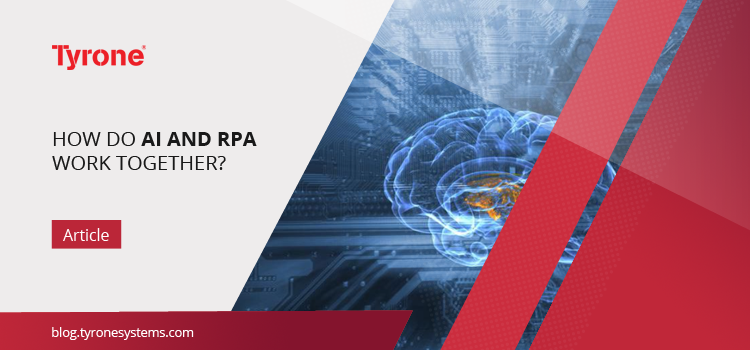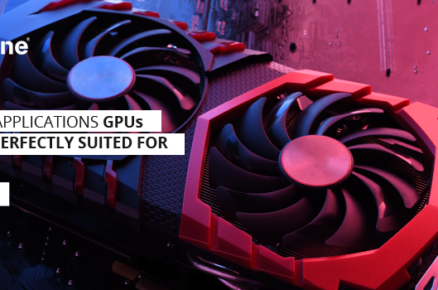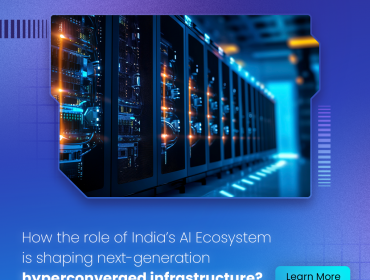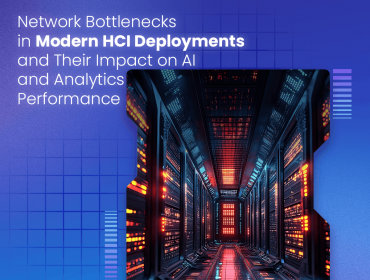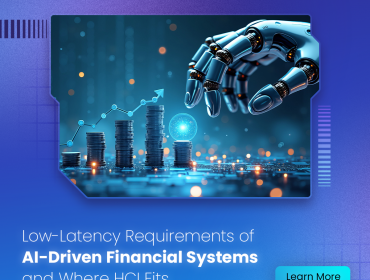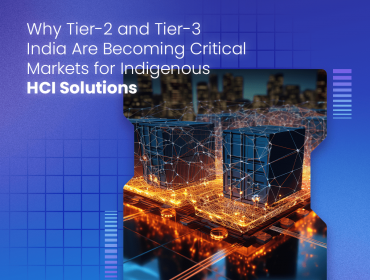Artificial intelligence (AI) and Robotic Process Automation (RPA) have so much in common, more than you could think of at first thought. They are both increasingly popular and complex technologies, with enterprise installations on a growth year on year. They both come with a promise to revolutionize industries striving for digital transformation. And they both, until now, have been relegated to silos within conglomerates and smaller companies, requiring highly skilled — yet scarce — practitioners to successfully deploy them as well as maintain their ever-evolving framework.
When combined, AI and RPA technologies result in intelligent automation that empowers rapid end-to-end business process and much more.
Automation with time is becoming a universal term in several industries. From self-driven cars to social media posts, automation has become an omnipresent phenomenon. According to a report, Robotic process automation (RPA) software revenue grew 63.1% in 2018 to $846 million. It has become the fastest-growing segment of the global enterprise software market. It is also slated to reach $2.1 billion in revenue by the end of 2020.
Even though RPA today has made an entry in almost every industry, the major adopters of this technology are financial institutions, banks, insurance companies, telecom firms and utility companies. This is because companies in these sectors usually have legacy systems and RPA solutions get easily integrated with their existing functionalities.
RPA is often mentioned in the same capacity as artificial intelligence, deep learning, machine learning and natural language processing. However, there are major differences — many people think almost each and every aspect of automation is artificial intelligence, which is not true at all. RPA and AI are two horizontally alike technologies but they both have a different set of goals and interfaces and align with businesses differently.
Applications of AI and RPA
While both of them have a lot in common, artificial intelligence and Robotic Process Automation commonly known as RPA are two different technologies. RPA is incredibly efficient, but it does only what the user or developer tells it to do, whereas Artificial Intelligence can teach itself with the help of vast amounts of data. RPA can automate all the rule-based tasks, and AI can bridge the gap where RPA falls short.
RPA deals with sophisticated and very structured data. AI on the other hand functions on gathering insights from semi-structured and unstructured, big data in various formats text, scanned documents, webpages, and PDFs. AI brings value by processing and converting the data to a structured form for RPA to understand.
How and why AI and RPA can be combined
Artificial Intelligence and RPA technologies can support each other and can coexist synchronously in the framework and integrate to form a more robust platform for intelligent automation – automating any front – or back-office business processes and synchronising work across combined human-bot teams.
Here are some of the reasons why you would use RPA and AI in a single package:
- Skyrocket the productivity of your workforce.
- Save your workforce of painful, tedious, agitating, and repetitive tasks.
- Eliminate human errors from the workplace and be sure to reach correct results.
- Improve data management more effectively and save costs.
- Acquire complete process transparency through a customized dashboard and customized reporting support.
AI and RPA a no longer limited to programmers. The technology is easily accessible to business users in form of intelligent automation.
The Future
The rate at which the RPA and AI are evolving, the market definitely looks brighter in the coming years. Even giant companies like IBM, Microsoft and SAP are tapping more and more to RPA. Meaning, they are increasing the awareness and traction of RPA software. Furthermore, new vendors are also emerging and a rapid pace and have started to be marking their presence in the industry.
However, it is not just RPA that is the talk of the talk, the role of AI is also one of the most significant things at present. The idea of Automation Continuum is becoming popular among a lot of organisations. The industry is now witnessing their capabilities and why not — AI can read, listen, and analyse and then feed data into bots that can create output, package it, and send it off. At the end of the day, RPA and AI are two valuable techs that organisations can use to aid their organisation’s digital transformation.
Looking into the future, it seems that more than talks about RPA and AI taking human jobs off, the talks about machine becoming humans’ sidekick will be more.


